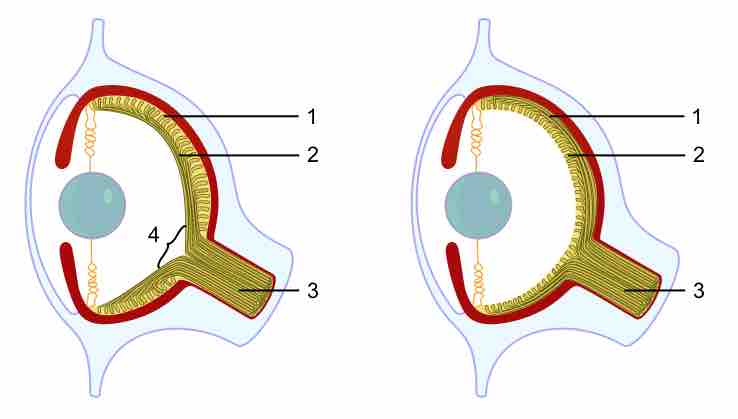Convergent Evolution
Sometimes, similar phenotypes evolve independently in distantly related species. For example, flight has evolved in both bats and insects, and they both have wings, which are adaptations to flight. However, the wings of bats and insects have evolved from very different original structures. This phenomenon is called convergent evolution, where similar traits evolve independently in species that do not share a recent common ancestry.
Examples of Convergent Evolution
Convergent evolution describes the independent evolution of similar features in species of different lineages. The two species came to the same function, flying, but did so separately from each other. They have "converged" on this useful trait. Both sharks and dolphins have similar body forms, yet are only distantly related: sharks are fish and dolphins are mammals. Such similarities are a result of both populations being exposed to the same selective pressures. Within both groups, changes that aid swimming have been favored. Thus, over time, they developed similar appearances (morphology), even though they are not closely related.
One of the most well-known examples of convergent evolution is the camera eye of cephalopods (e.g., octopus), vertebrates (e.g., mammals), and cnidaria (e.g., box jellies). Their last common ancestor had at most a very simple photoreceptive spot, but a range of processes led to the progressive refinement of this structure to the advanced camera eye. There is, however, one subtle difference: the cephalopod eye is "wired" in the opposite direction, with blood and nerve vessels entering from the back of the retina, rather than the front as in vertebrates .

Eye evolution
Vertebrates and octopi developed the camera eye independently. In the vertebrate version the nerve fibers pass in front of the retina, and there is a blind spot (4) where the nerves pass through the retina. In the octopus version, the eye is constructed the "right way out," with the nerves attached to the rear of the retina. This means that octopi do not have a blind spot.
Convergent evolution is similar to, but distinguishable from, the phenomenon of parallel evolution. Parallel evolution occurs when two independent but similar species evolve in the same direction and thus independently acquire similar characteristics; for example, gliding frogs have evolved in parallel from multiple types of tree frog.
Analogous Structures
Traits arising through convergent evolution are analogous structures, in contrast to homologous structures, which have a common origin, but not necessarily similar function. The British anatomist Richard Owen was the first scientist to recognize the fundamental difference between analogies and homologies. Bat and pterosaur wings are an example of analogous structures, while the bat wing is homologous to human and other mammal forearms, sharing an ancestral state despite serving different functions.
Divergent Evolution
The opposite of convergent evolution is divergent evolution, whereby related species evolve different traits. On a molecular level, this can happen due to random mutation unrelated to adaptive changes.